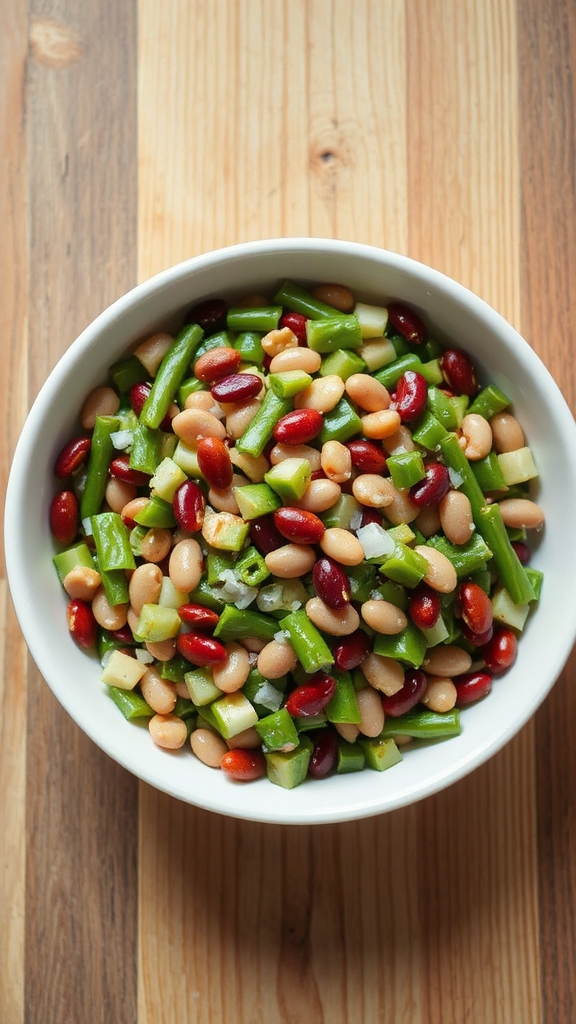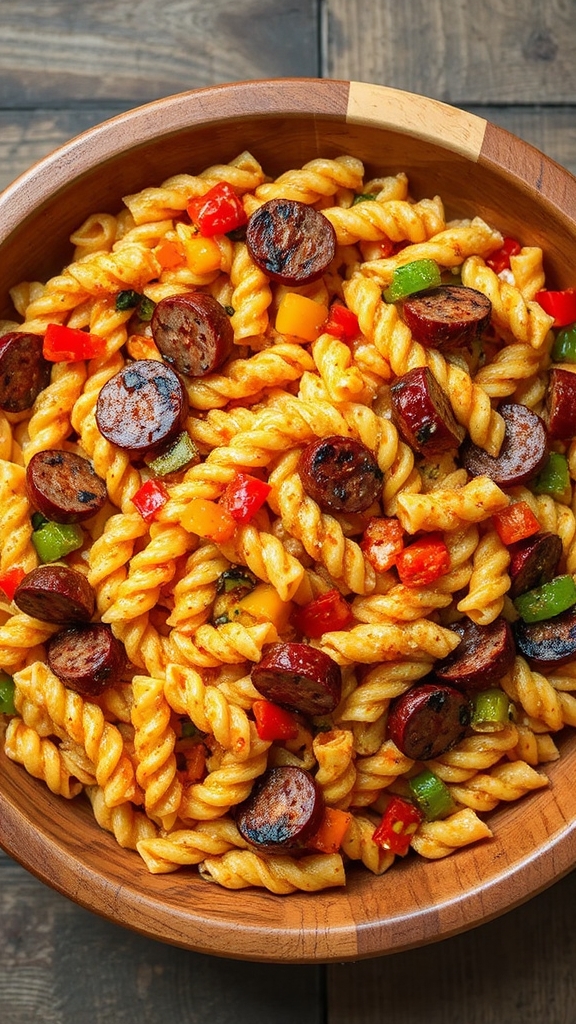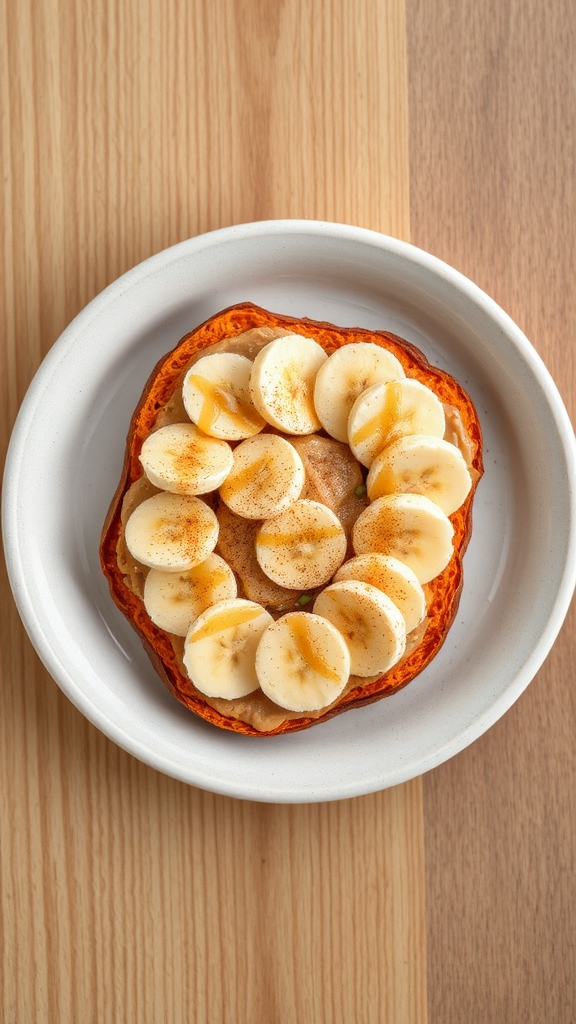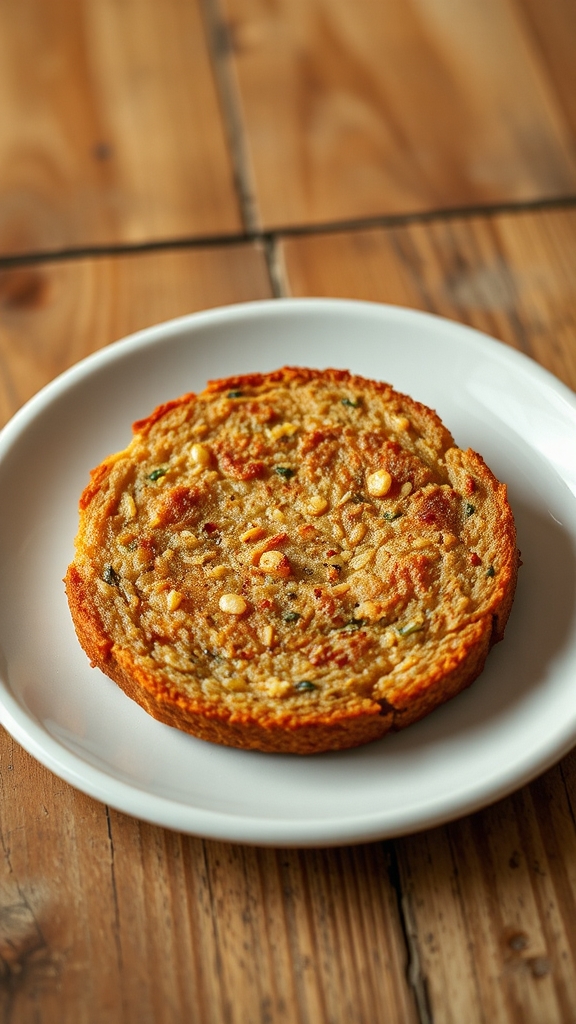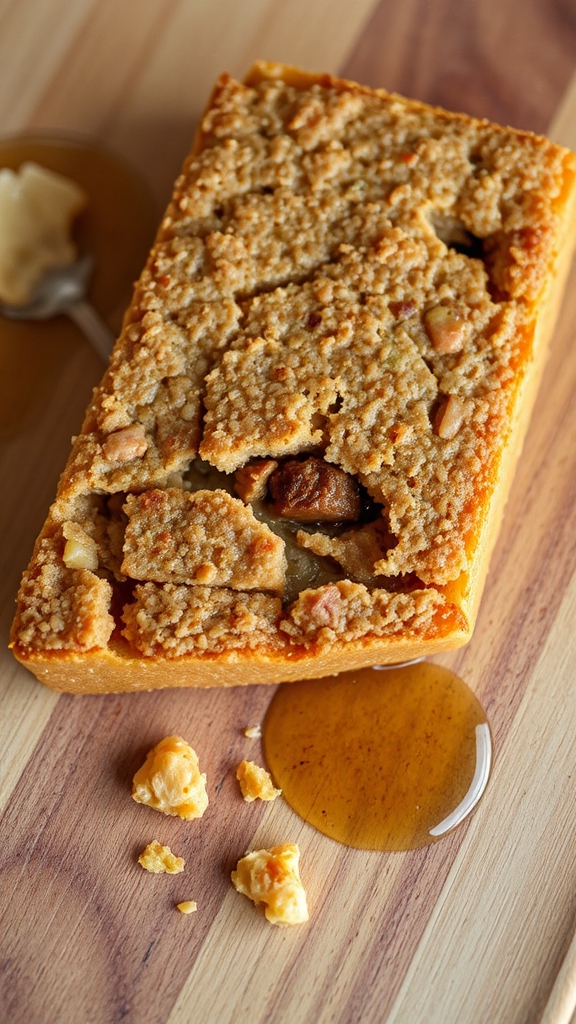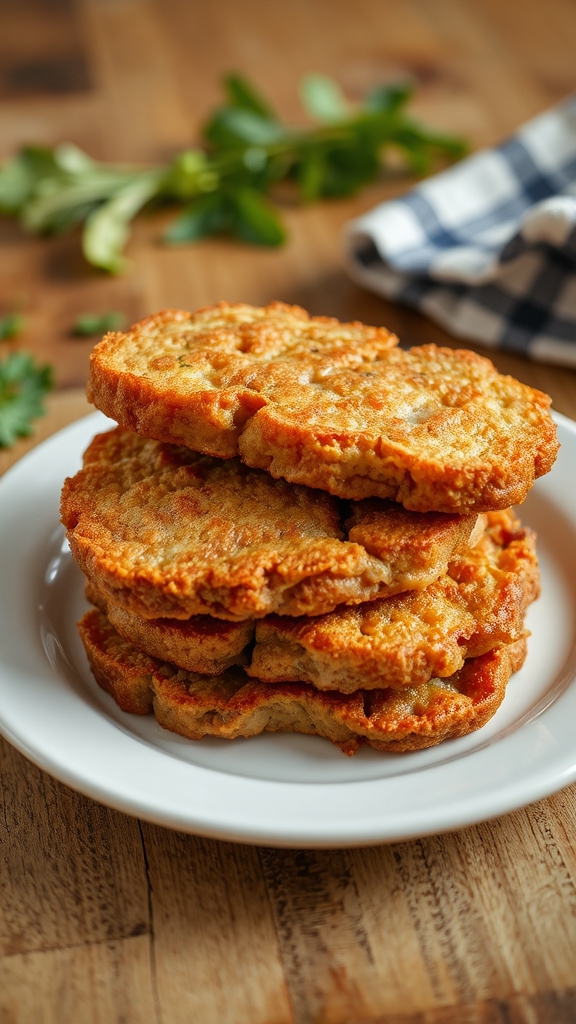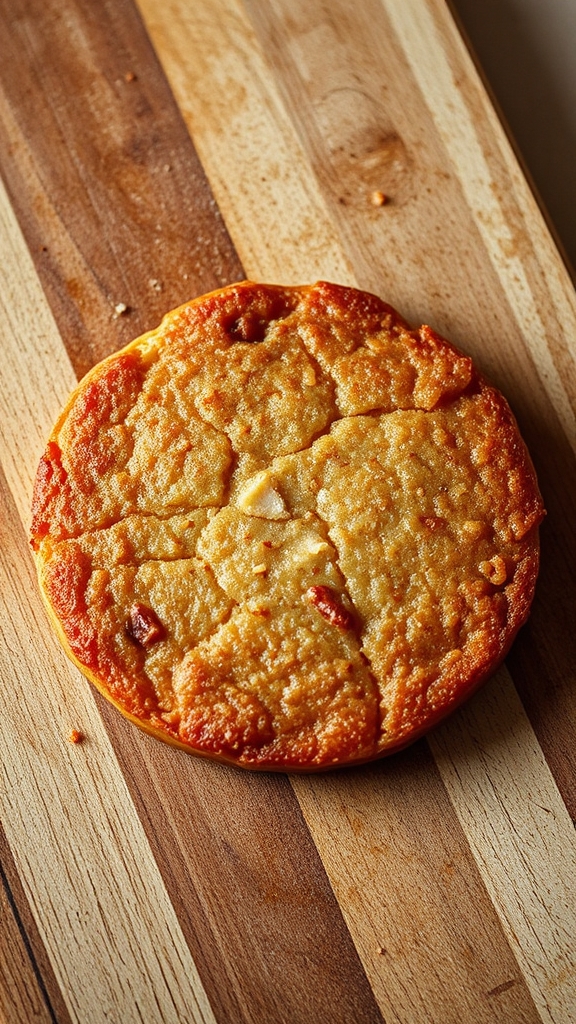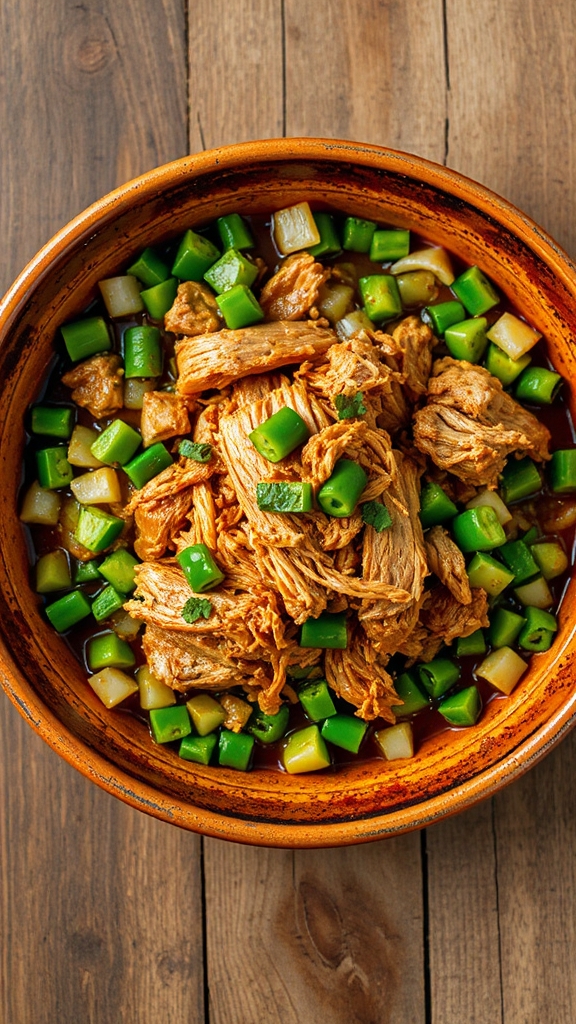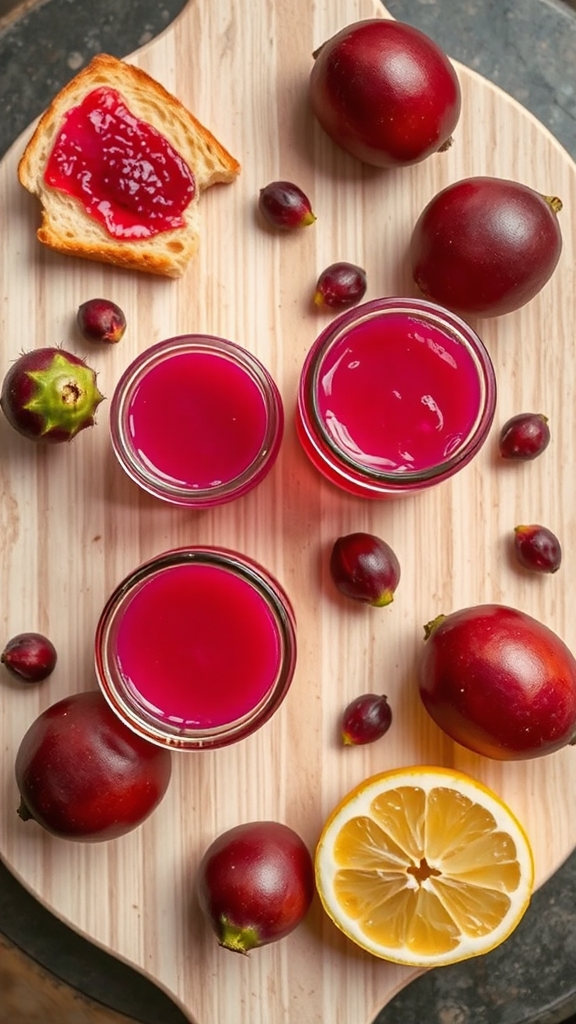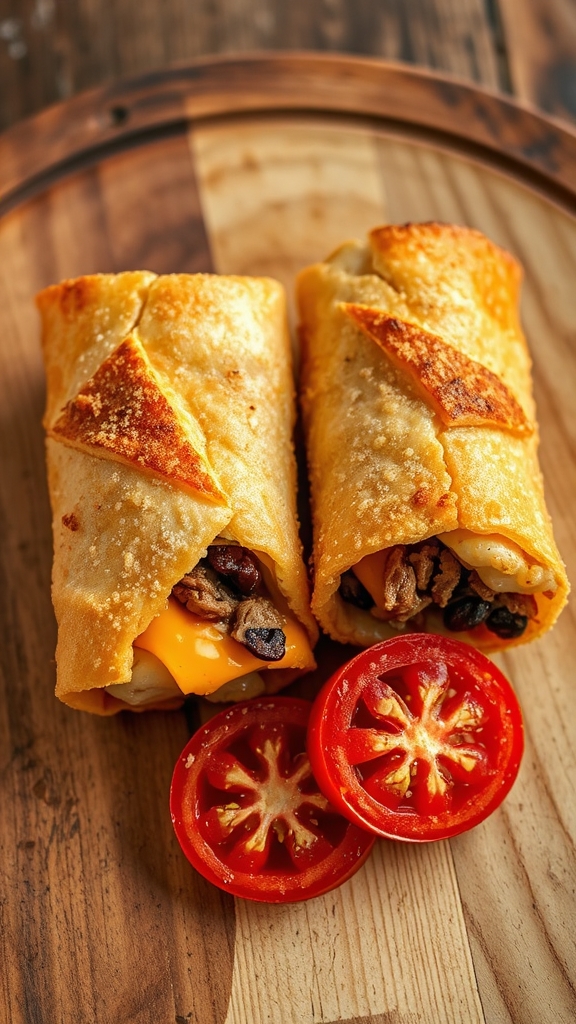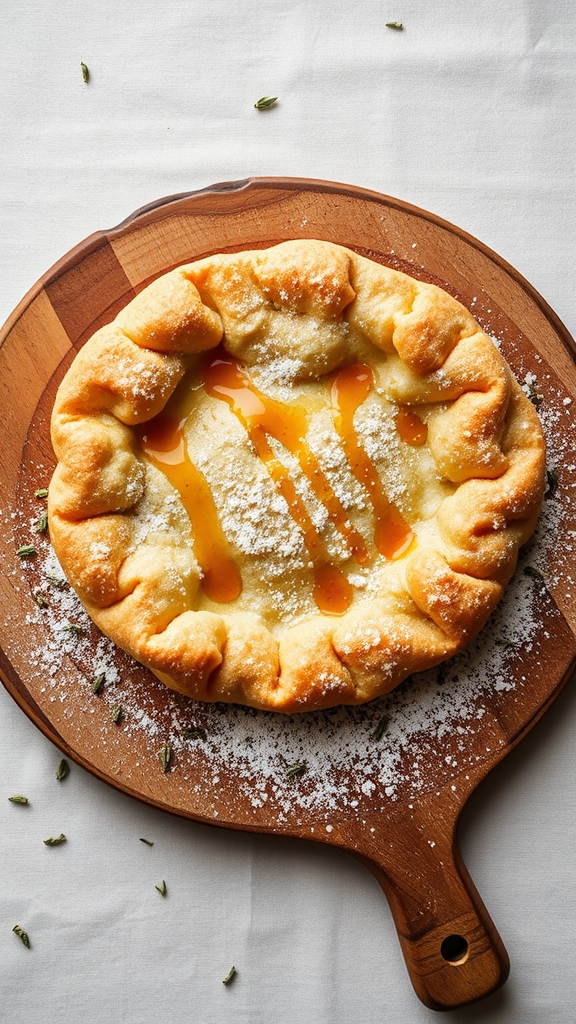Delaware: Scrapple (Pork Scraps Loaf)
Witness the savory secrets of Delaware's scrapple, where pork scraps turn into a crispy delight that'll leave you craving more.
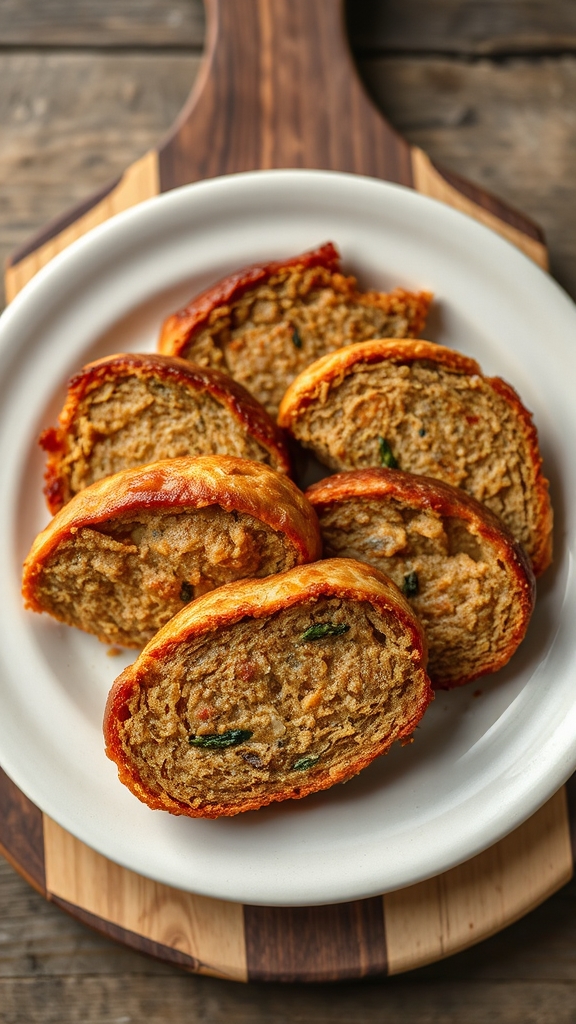
I love sharing about Delaware’s scrapple, that clever pork scraps loaf born from 17th-century immigrant kitchens in the Mid-Atlantic. It’s made with hearty pork offal, broth, cornmeal, buckwheat, and sage for a nutty, savory kick. You simmer the meat, grind it, mix with binders, chill, then fry until crispy. Stick with me, and you’ll uncover tips, variations, and the tools to make your own masterpiece.
History
Scrapple originated in the Mid-Atlantic region of the United States, particularly among Pennsylvania Dutch and German immigrant communities in the 17th and 18th centuries, as a practical way to utilize pork scraps and offal, reflecting a cultural background of frugality and resourcefulness in early American farm life.
Regional variations highlight its significance, such as the Pennsylvania version incorporating buckwheat for a nuttier flavor, while Southern adaptations might use more cornmeal, underscoring local ingredient availability and culinary traditions.
Traditionally, scrapple is served for breakfast, often fried and paired with eggs, as well as during holidays like Thanksgiving or community events, symbolizing comfort and heritage in rural settings.
Ingredients
– Pork scraps and offal: You know, those humble bits like the liver, heart, and other pork leftovers that make scrapple so thrifty and smart – because who says we can’t turn odds and ends into something downright delicious, right?
Think of it as the underdog of the kitchen, stepping up to add that rich, meaty depth without any fuss.
– Pork broth: This liquid gold, maybe from simmering those pork bones or scraps, brings everything together with its savory warmth – oh, how it hugs the other ingredients, making you wonder if it’s the secret handshake of homemade comfort.
I mean, without it, we’d just have a dry mess, and nobody wants that on their plate.
- Cornmeal: Especially in those Southern twists, this stuff steps in as the trusty binder, giving scrapple that hearty, slightly gritty texture – picture a handful that feels like fine sand between your fingers, playful and essential, even if I’m the type to spill it everywhere when measuring.
- Buckwheat flour: For the Pennsylvania vibe, this nutty flour sneaks in to amp up the flavor, almost like a clever sidekick that adds earthiness without stealing the show – it’s that ingredient you might overlook, but then it surprises you, making me chuckle at how one little swap can change the whole game.
- Sage: A classic herb that whispers in with its woody, aromatic punch, turning simple scrapple into a flavorful hug – you ever pause and think, how does something so leafy make everything taste like a cozy family gathering? Just a sprinkle goes a long way, though I do tend to overdo it sometimes in my enthusiasm.
- Salt and black pepper: These everyday heroes keep things balanced, with salt drawing out the flavors and pepper adding a little kick – basic, sure, but without them, it’s like trying to tell a story without a punchline, don’t you agree? I always add a bit extra, just because life’s too short for bland.
- Onion or garlic: For that subtle sweetness or zing, finely chopped and mixed in, because what’s a good recipe without a nod to those alliums that make your kitchen smell like home – it’s the detail that says, hey, we’re not just winging this, even if my chopping skills are comically uneven.
- Other spices, like thyme or nutmeg: Depending on your mood or region, a dash of thyme for herbal notes or nutmeg for a warm surprise – it’s like inviting extra friends to the party, making me muse if scrapple wouldn’t mind a little variety, all while keeping things light and fun without going overboard.
Cooking Steps
Let’s jump into making scrapple, that clever mix of humble ingredients turned into a hearty breakfast star, shall we?
First off, start by simmering about 2 pounds of pork scraps and offal in 4 cups of pork broth until they’re tender and flavorful – you know, giving those overlooked bits a chance to shine without any drama.
Once cooked, drain and grind the meat finely, then mix it back into the broth along with 2 cups of cornmeal and 1 cup of buckwheat flour for that signature texture, adding in a teaspoon of sage, a tablespoon of salt, and a half-teaspoon of black pepper to bring everything to life.
It’s all about that slow build, where the flavors mingle like old friends, making you wonder if this isn’t the easiest way to turn leftovers into something folks will actually crave.
Now, stir in finely chopped onion or garlic – say, one medium onion or a couple of cloves – along with any other spices like a teaspoon of thyme or a pinch of nutmeg if you’re feeling adventurous, and cook the whole mixture over medium heat until it thickens into a porridge-like consistency.
Keep an eye on it, stirring often to avoid lumps, because nobody wants a clumpy mess that sticks to the pot like a bad habit.
Once it’s ready, pour that warm mixture into a greased loaf pan and let it chill in the fridge for a few hours or overnight, giving it time to set up nicely.
When you’re set to serve, slice the chilled scrapple into thick pieces and fry them in a skillet with a bit of oil until they’re crispy on the outside, that golden brown making your mouth water just thinking about it.
Oh, and if things get a little uneven, like my imaginary kitchen mishaps where the slices don’t flip perfectly, just laugh it off and call it character – after all, scrapple’s all about that rustic charm, isn’t it?
Tips and Variations
When it comes to tweaking scrapple, one smart tip is to play around with the spices for a fresh twist – think adding a dash of cayenne pepper for a subtle kick, or swapping in rosemary instead of thyme to brighten up that earthy flavor, because who says your breakfast has to be the same old routine every time?
For variations, you might try substituting part of the cornmeal with rye flour for a nuttier texture that holds together better, or even mixing in finely diced apples for a hint of sweetness that balances the savory notes, making each slice feel like a cozy surprise;
and if the mixture doesn’t set quite right, leaving it a tad too soft, well, that’s just an excuse to call it “rustic” and fry it up extra crispy to hide those little kitchen quirks.
Tools
| Tool | Purpose |
|---|---|
| Large stockpot | For simmering meat and broth |
| Colander or strainer | To drain cooked meat |
| Meat grinder or food processor | To grind the meat finely |
| Mixing bowl | To combine ground meat, cornmeal, and spices |
| Loaf pan or mold | To shape and set the scrapple mixture |
| Refrigerator | To chill and firm up the mixture |
| Frying pan | To fry the scrapple slices |
| Spatula | To flip and serve the slices |
| Knife | To cut the scrapple into portions |

Hi There! I'm Stephanie Miller: Elementary teacher from Columbus, OH sharing grandma's treasured American recipes! 50 years young, yoga enthusiast & kitchen storyteller. Welcome to my food family! 🍰❤️

